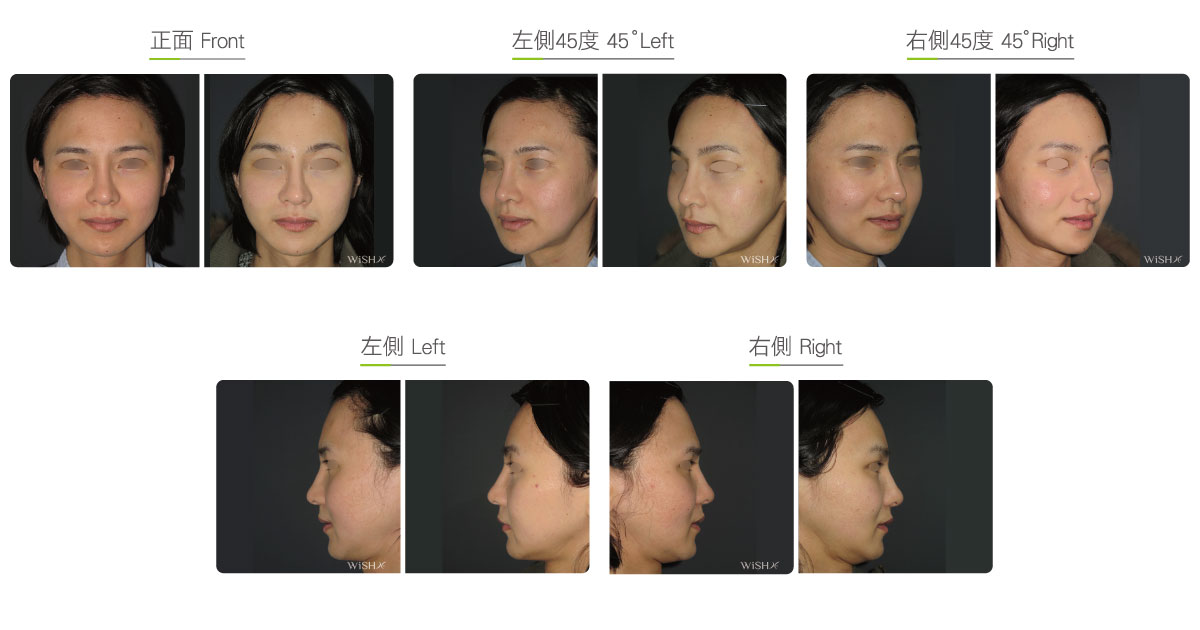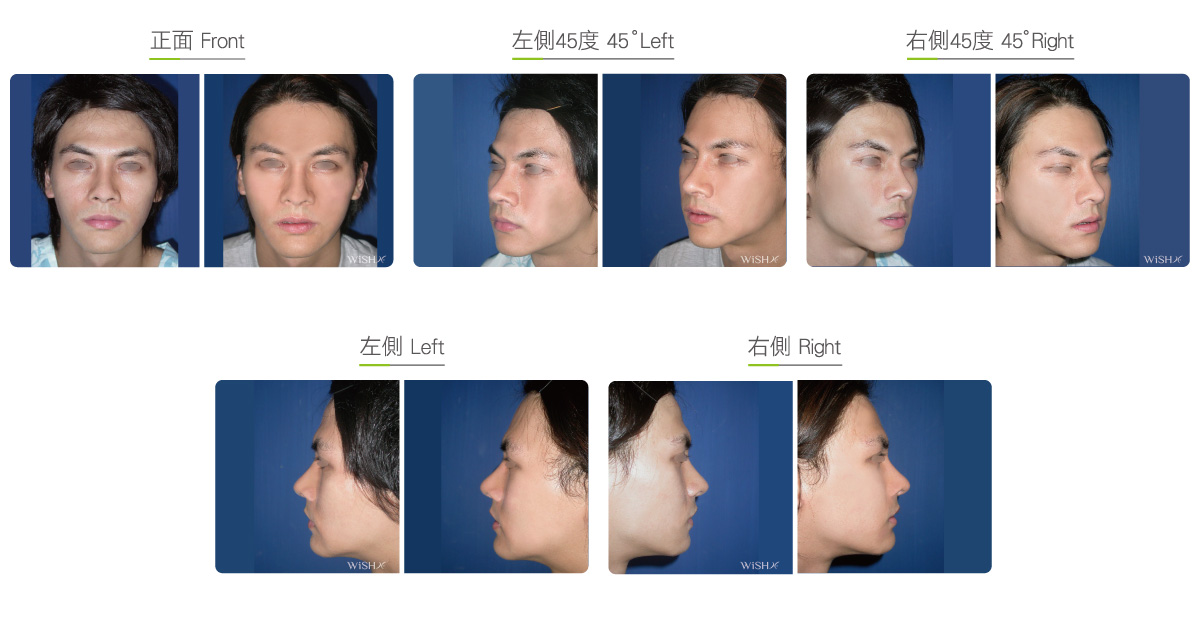Brow Bone (Supraorbital Ridge) Reduction
Brow ridges are the parts covered by the entire eyebrows. Their lower margin sinks inward to form eye sockets, and the upper margin connects with the frontal bone to form part of the forehead. If looked from a side, brow ridges are the most protrusive part of the forehead. In most cases, their shape is naturally formed; however, a few reasons such as trauma or endocrinal diseases can result in their osteogenesis. Because protrusive brow ridges are prone to make people look masculine or make their eye sockets relatively deeply sunken, to improve their facial features, most patients would consider undergoing brow ridge reduction to grind off the rough surface or protrusive bones, thus softening the shape of the eyebrows and making the forehead look full and round. However, because the brow ridges and frontal bone shave thinner structures than other facial bones and are above the hollow frontal sinus and attached to the meninges of the skull, patients should undergo a skull X-ray or the more precise 3D CT scanning before surgery to accurately predict the reducible extent and range of bones and to avoid potential postoperative complications.
Because difference in thickness between the brow ridges and frontal bones varies from 2 to 5 mm, the amount of brow bone reduction needed should be determined on the basis of preoperative X-ray images. Generally, the removal of ≥3 mm of the bone is considered to be effective. Another point to be noted is the sculpture and adjustment of bone surface shapes. Commonly, two procedures are available. If the prominence is located only at the inferior or lateral margin of the brow bone, an incision of approximately 1 cm will be made at both sides of the eyebrow lower edge for shaving bone reduction; however, in case of large-area brow bone prominence or necessity of concurrent frontal bone reduction or even forehead lift, a distal incision should be created medial to the upper scalp hairline for the surgery. The surgical procedures are not complex. Dr. Chuang first dissects the subcutaneous tissues to expose the brow bone (sub-periosteum dissection) and then uses an electric high-speed titanium shaving system to flatten the unevenness or prominences at the bone surface. Because such surgery does not need any osteotomy or bone screw fixation, there is no concern of intraoperative hemorrhage and it is a highly safe osteoplasty. Nevertheless, caution should be given to bone thickness for the entire surgery duration to avoid excessive bone reduction, which can undermine the structural strength or cause a sunken appearance.
Surgical conditions
Duration
- Type of anesthesia: General anesthesia
- Type of incision: 15–20 cm within the hairline of the scalp or 1.5 cm at the lower margin of the eyebrows
- Recovery: 5–7 days
- Removal of stitches: 7–10 days
General instructions
No food and water on the day of surgery
- Exert or weight exercise above neck should be avoided for 1 month postoperatively.
- Bumping on the forehead or brow ridges should be avoided for 3 months postoperatively.
- Attention should be paid to scalp care in case of hair loss for 3 months postoperatively.
Ideal candidates
- Those whose foreheads or brow ridges are too protrusive, making them look too masculine.
- Those whose foreheads have uneven surfaces or regional bone protrusions.
- Those who want to change their masculine features and sculpt feminine foreheads.
- Those who have sunken eye sockets or lateral canthus (eye tail) drooping due to protrusive brow ridges.
- Those who require facial reconstruction.
Potential complications
- Temporary scalp numbness
- Itching
- Regional hair loss
- Depressed forehead
- Forehead skin loosening
- Eyelid drooping
- Unobvious results
Surgical advantages
-
The wound is hidden inside the scalp and is hard to notice.
-
Will improve forehead unevenness or eyebrow protrusion.
-
Will improve the condition of sunken eye sockets caused by high brow ridges.
-
Will strengthen the full and round characteristics and feminine line of the forehead.
-
Will change manly facial contours such as protrusive brow ridges.
Surgical drawbacks
-
Will have hair loss around the wound on the scalp.
-
Temporary scalp or forehead numbness can last for approximately 3–6 months.
-
Surgical results can vary depending on individual bone thickness.
-
Forehead skin can become loose due to the surgery.
-
The positions of the eyebrow and eyelid can be lowered due to bone reduction.


